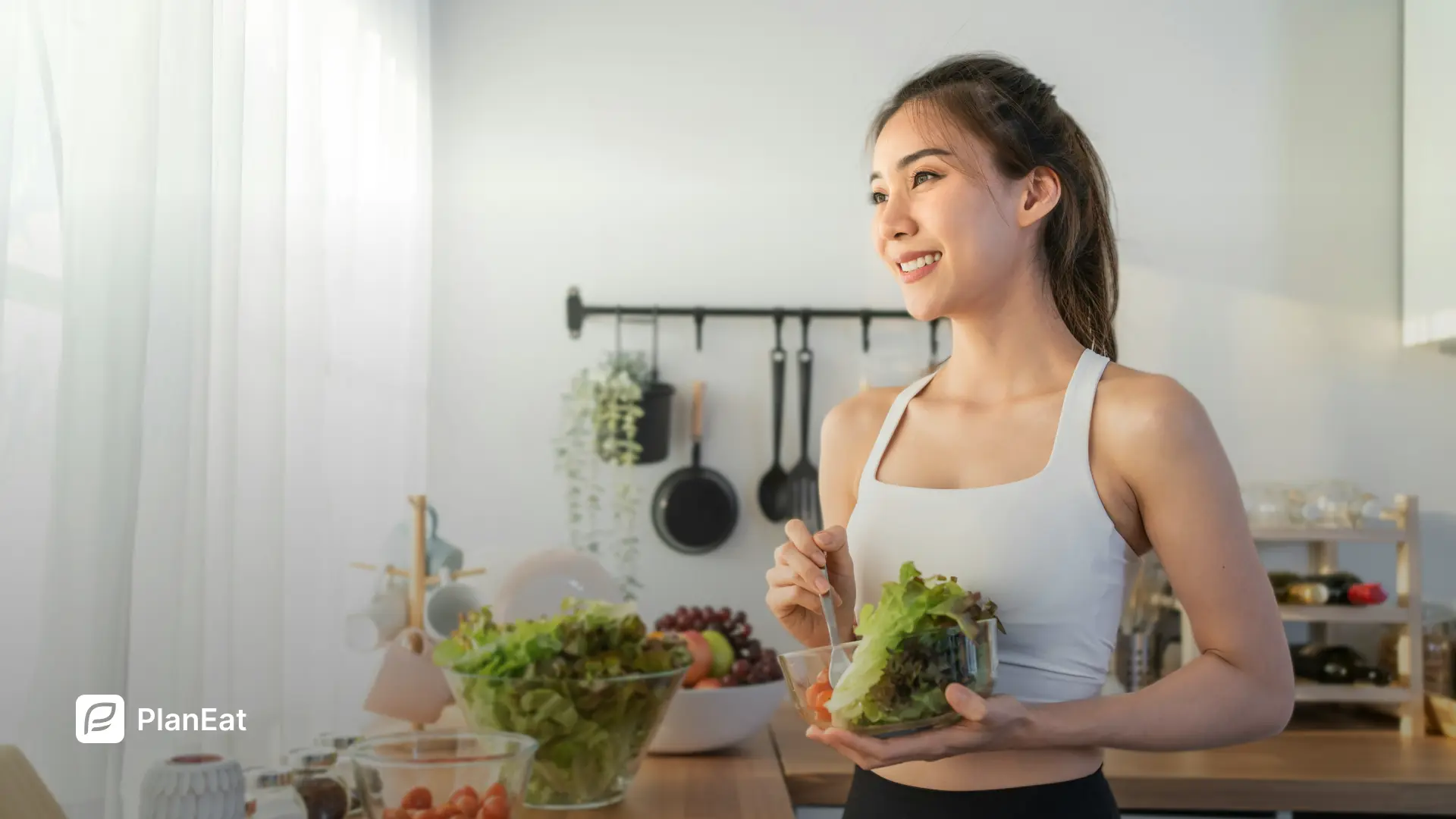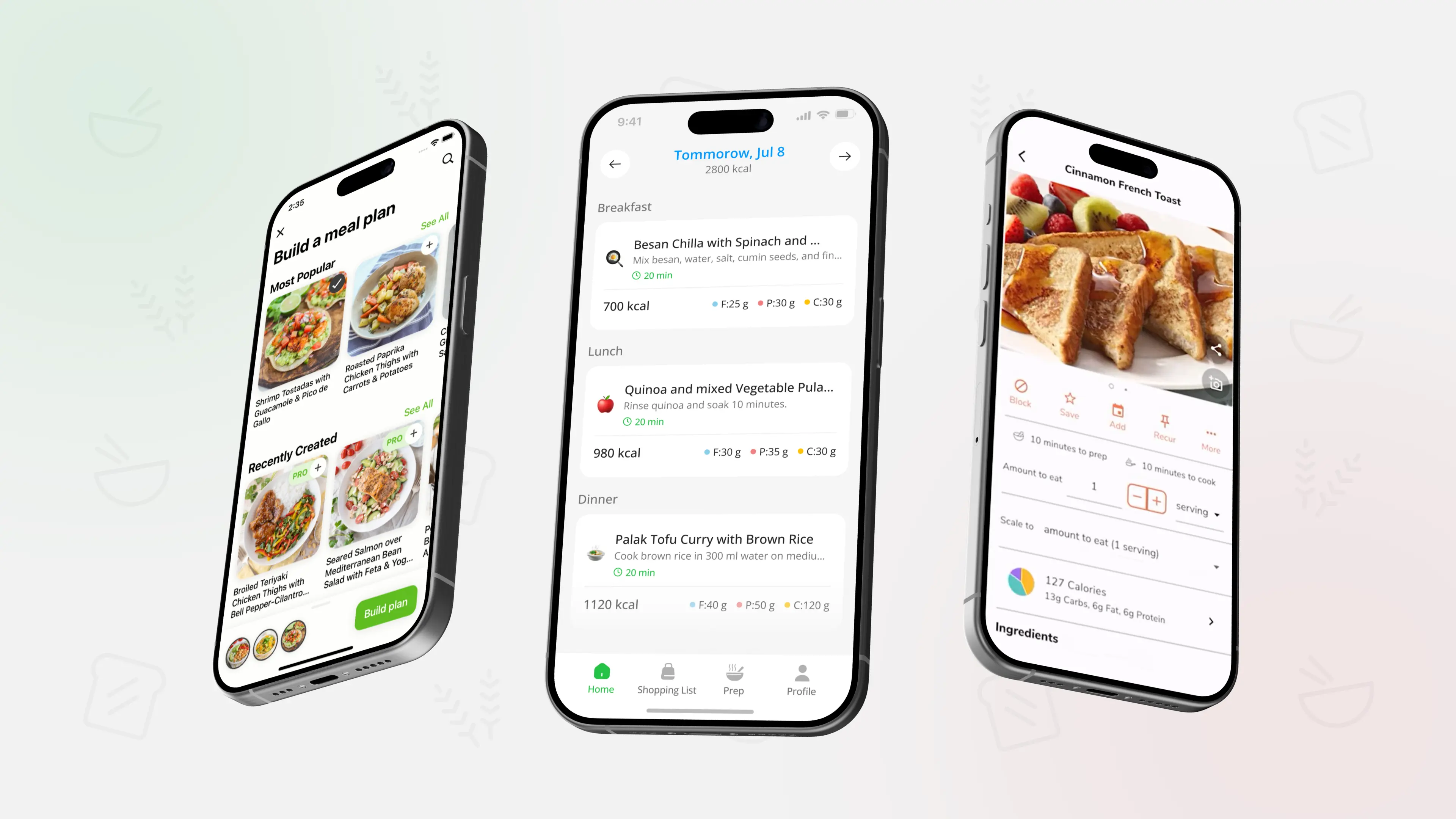Quick Healthy Dinner Ideas (15–30 Minutes)
.webp)
TL;DR: Fast dinners do not have to be random or unhealthy. If you build meals around protein, vegetables, and smart carbohydrates, you can put balanced dinners on the table in 15 to 30 minutes most nights. Use these ideas as templates, repeat your favorites, and plug them into a simple weekly plan.
What makes a quick dinner actually healthy
Speed alone is not the goal. A quick dinner is most helpful when it keeps you full, supports your health goals, and fits real life.
For most people, a balanced quick dinner includes:
- A clear protein source such as chicken, fish, eggs, tofu, beans, or lentils.
- Vegetables, fresh or frozen.
- Smart carbohydrates such as whole grains, potatoes, or beans.
- A small amount of healthy fat from oil, nuts, seeds, or avocado.
You do not need perfect portions every night, but this pattern helps keep energy steadier and reduce late night cravings.
If you want a simple visual reference for what a balanced plate looks like, you can use Healthy Eating Basics: Build a Balanced Plate and then apply that same idea to fast dinners.
If you want quick dinners to fit into your week without planning everything from scratch, you can use PlanEat AI to generate a weekly meal plan and grouped grocery list based on your goals, dislikes, and cooking time. Then you choose which ideas from this list match your 15 to 30 minute evenings.
15 minute dinners you can assemble on busy nights
These ideas rely on minimal cooking and smart use of pantry and fridge staples. Adjust ingredients based on your taste and any guidance from your healthcare provider.
Egg and vegetable scramble with toast
- Scramble eggs with spinach, tomatoes, or frozen mixed vegetables.
- Serve with whole grain toast and a sprinkle of cheese if you like.
Balanced check: protein from eggs, fiber from vegetables and bread, healthy fat from cooking oil or cheese.
Tuna and white bean salad bowls
- Mix canned tuna with canned white beans, chopped cucumber, tomatoes, and a simple olive oil and lemon dressing.
- Serve over salad greens or with whole grain bread.
Balanced check: protein from tuna and beans, fiber from beans and vegetables, healthy fat from olive oil.
Quick hummus and veggie wraps
- Spread hummus on whole grain tortillas.
- Add sliced vegetables such as carrots, peppers, cucumbers, and some leafy greens.
- Add leftover chicken, tofu, or beans if you want extra protein.
Balanced check: protein from hummus and any added protein, fiber from vegetables and tortilla.
Microwave friendly grain bowls
- Use pre cooked brown rice or quinoa (leftover or frozen).
- Top with canned beans, a handful of frozen vegetables, and salsa or soy sauce.
- Microwave until hot and add a spoon of yogurt or seeds on top.
Balanced check: protein from beans and yogurt, fiber from grains and vegetables.
If you are just starting to build quick meals from what you have at home, you can connect these ideas with Pantry Staples: Build a Healthy Kitchen (Practical Checklist) so your shelves support these kinds of fifteen minute dinners.
One pan and sheet pan dinners in 20 to 30 minutes
When you have a bit more time, one pan and sheet pan meals give you hands off cooking and easy cleanup.
Sheet pan chicken and vegetables
- Spread chicken pieces and chopped vegetables such as broccoli, carrots, and onions on a sheet pan.
- Toss with olive oil, salt, pepper, and a simple spice blend.
- Roast until the chicken is cooked through and vegetables are tender.
Serve with quick cooked couscous or leftover grains if you need more carbohydrates.
Salmon or tofu with roasted vegetables
- Place salmon fillets or tofu slices on a sheet pan.
- Surround with chopped zucchini, peppers, or green beans.
- Season with olive oil, lemon, and herbs.
Serve with boiled or microwaved potatoes or a slice of whole grain bread.
Lentil and vegetable skillet
- Sauté onions, carrots, and peppers in a pan.
- Add canned lentils, canned tomatoes, and spices such as cumin and paprika.
- Simmer until flavors blend.
Serve over brown rice or with a side of whole grain bread.
Fast chickpea curry
- Sauté onions and garlic in a pan.
- Add canned chickpeas, canned tomatoes, curry powder, and a handful of spinach or frozen vegetables.
- Simmer briefly and finish with a spoon of yogurt or coconut milk if you like.
Serve over instant brown rice or pre cooked grains.
If you prefer dinners that support higher protein targets, you can borrow meal structures from 7-Day High-Protein Meal Plan (With Shopping List) and adapt them to these faster cooking methods.
Prep and kitchen habits that make quick dinners possible
Quick dinners are much easier when some work is done before you walk into the kitchen at night.
Helpful habits:
- Cook a pot of grains such as brown rice or quinoa once or twice a week and store portions in the fridge.
- Wash and chop some vegetables ahead of time, especially sturdy ones like carrots or peppers.
- Keep a few sauces or dressings ready, such as olive oil and vinegar mix, yogurt based sauce, or salsa.
- Store leftover cooked proteins like chicken, tofu, or beans in clear containers so you remember to use them.
For a step by step approach to building these habits without spending all weekend in the kitchen, you can use Meal Prep Basics: Beginner’s Guide to Cooking Ahead as a companion.
You can also rely on your freezer to make quick dinners easier. Batch cooking a few freezer friendly meals and defrosting them on busy days can give you a backup option that still fits your goals. For ideas, see 12 Healthy Freezer Meals for Busy Families.
Turn quick dinner ideas into a weekly pattern
A set of ideas is helpful, but a simple pattern is what keeps weekdays calm.
Try this process:
- Choose two or three fifteen minute dinners you like from section two.
- Choose two or three twenty to thirty minute dinners from section three.
- Look at your week and assign the fastest meals to the busiest nights.
- Plan one or two nights for leftovers, freezer meals, or very simple options.
Even a short planning session can connect these dinners to your real schedule. For a structure you can reuse each week, you can borrow the process in Quick Meal Planning: Build a 30-Minute Weekly Plan and drop these dinner ideas into that framework.
Once you know which quick dinners work for your household, you can save them in PlanEat AI as part of your favorite weekly patterns. The app keeps your structure and grouped grocery list in one place so you can repeat what works and only swap recipes or ingredients when you want variety.
FAQ:
Can a fifteen minute dinner really be healthy enough
Yes, if it includes protein, vegetables or fruit, and a reasonable carbohydrate source, it can be just as helpful as a longer recipe. The key is to keep ingredients simple and focus on structure rather than perfection.
Do I need fresh vegetables every night for a healthy dinner
Fresh vegetables are great, but frozen and canned options can also support a healthy pattern. Using a mix of fresh and frozen vegetables often makes quick dinners more realistic.
Is it okay to use some pre prepared items in quick dinners
Yes. Items like pre washed salad greens, frozen vegetables, canned beans, and ready made tomato sauce can all fit into balanced meals. The goal is to make it easier to cook at home most nights.
What if my family wants different foods than I do
You can often use the same base meal with small variations, such as letting family members choose their toppings or sides. For more ideas on keeping one plan for everyone, you can read Family Meal Planning: One Plan, Everyone Happy.
How do I avoid getting bored with the same quick dinners
Keep the structure and change the details. Rotate different vegetables, sauces, or seasonings while using the same basic templates. Over time, you will build a small set of reliable dinners that still feel varied.
Educational content only - not medical advice.
Quick dinners built from simple patterns
When you build dinners around protein, vegetables, and smart carbohydrates, fifteen to thirty minutes is enough for a balanced meal. Choose a few templates you like, prep some ingredients ahead, and repeat the pattern each week instead of starting from zero every night.


.webp)
.webp)
.webp)
.webp)
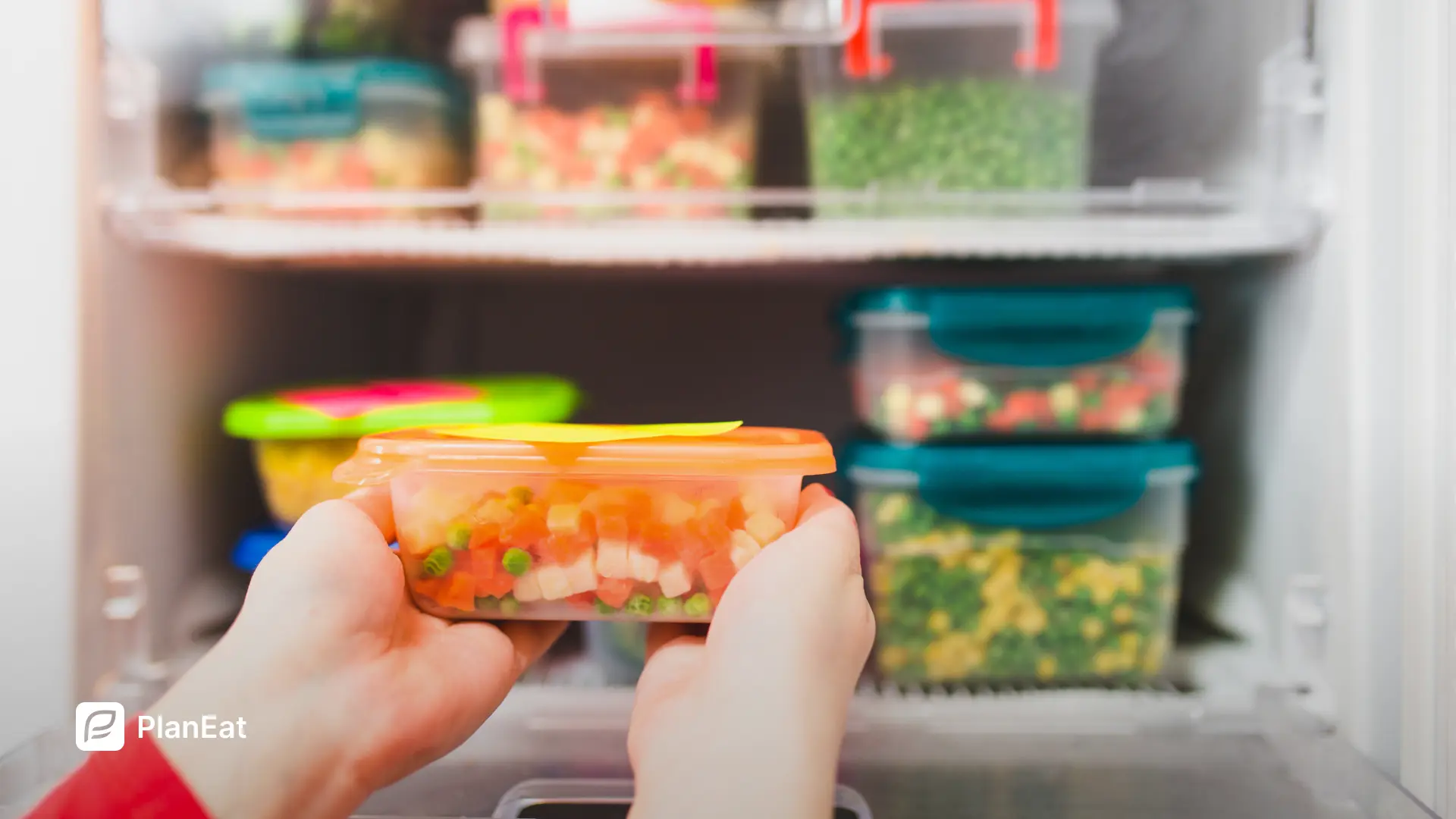
.webp)
.webp)
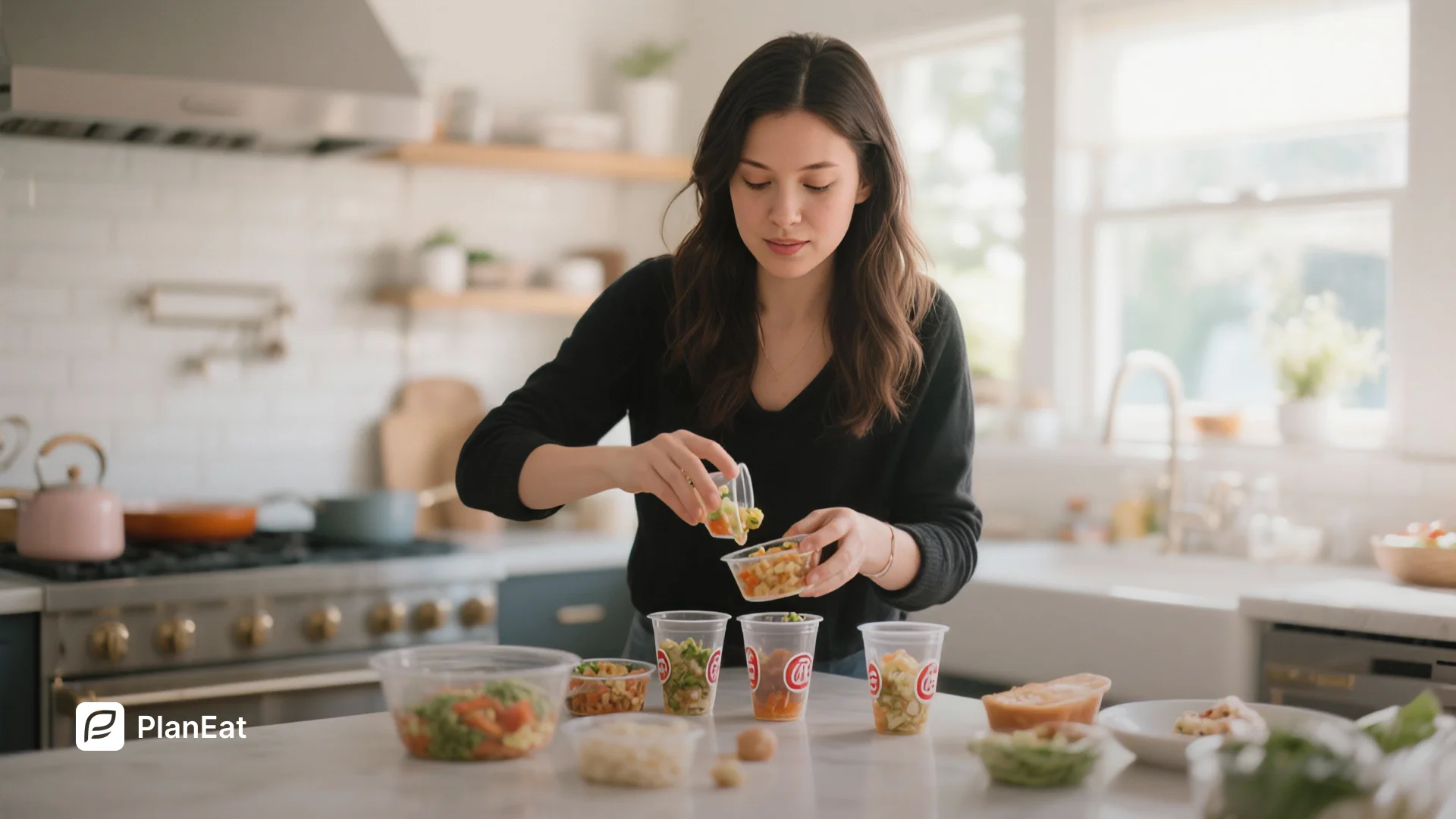
.webp)
.webp)
..webp)
.webp)
.webp)
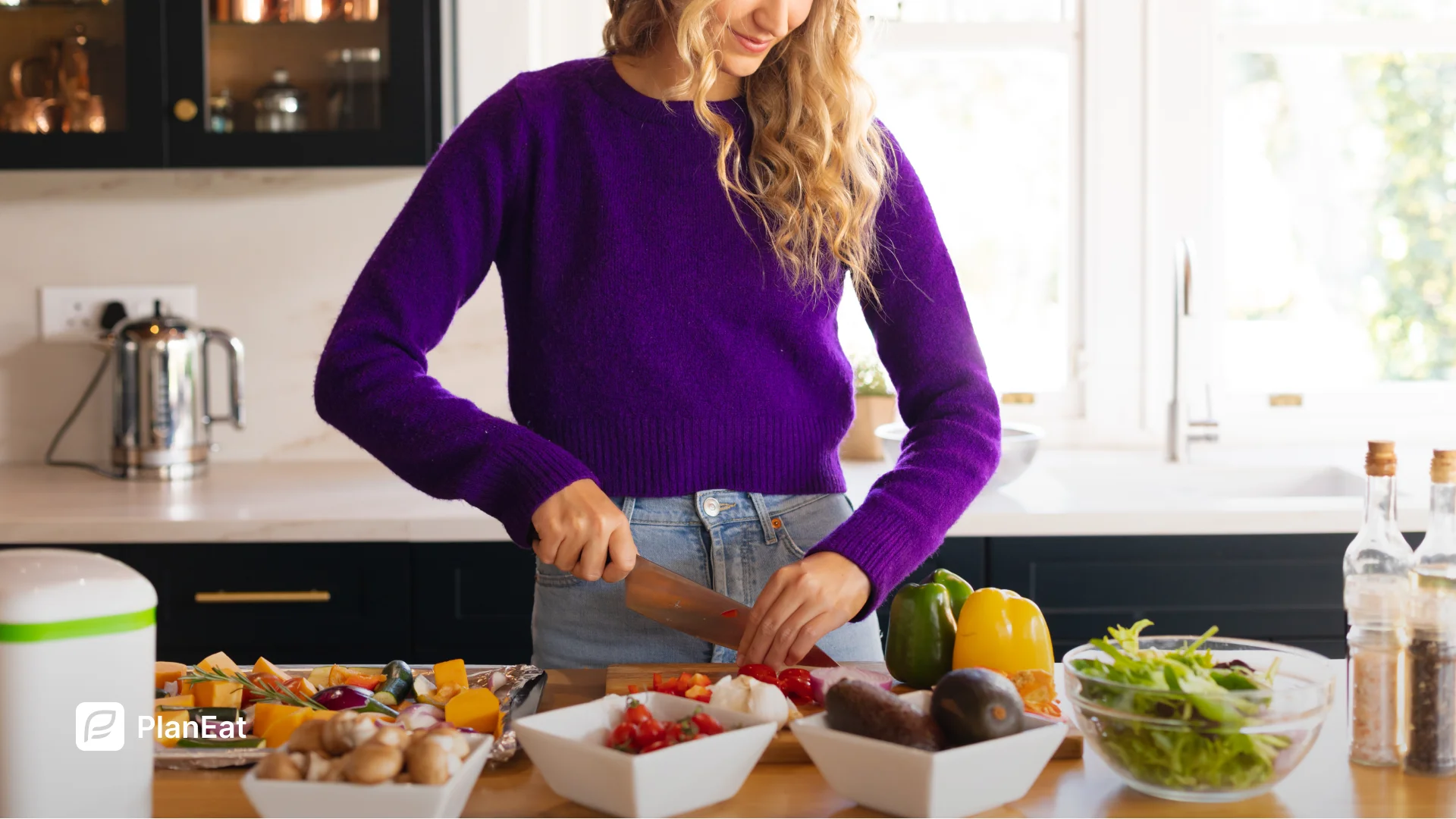
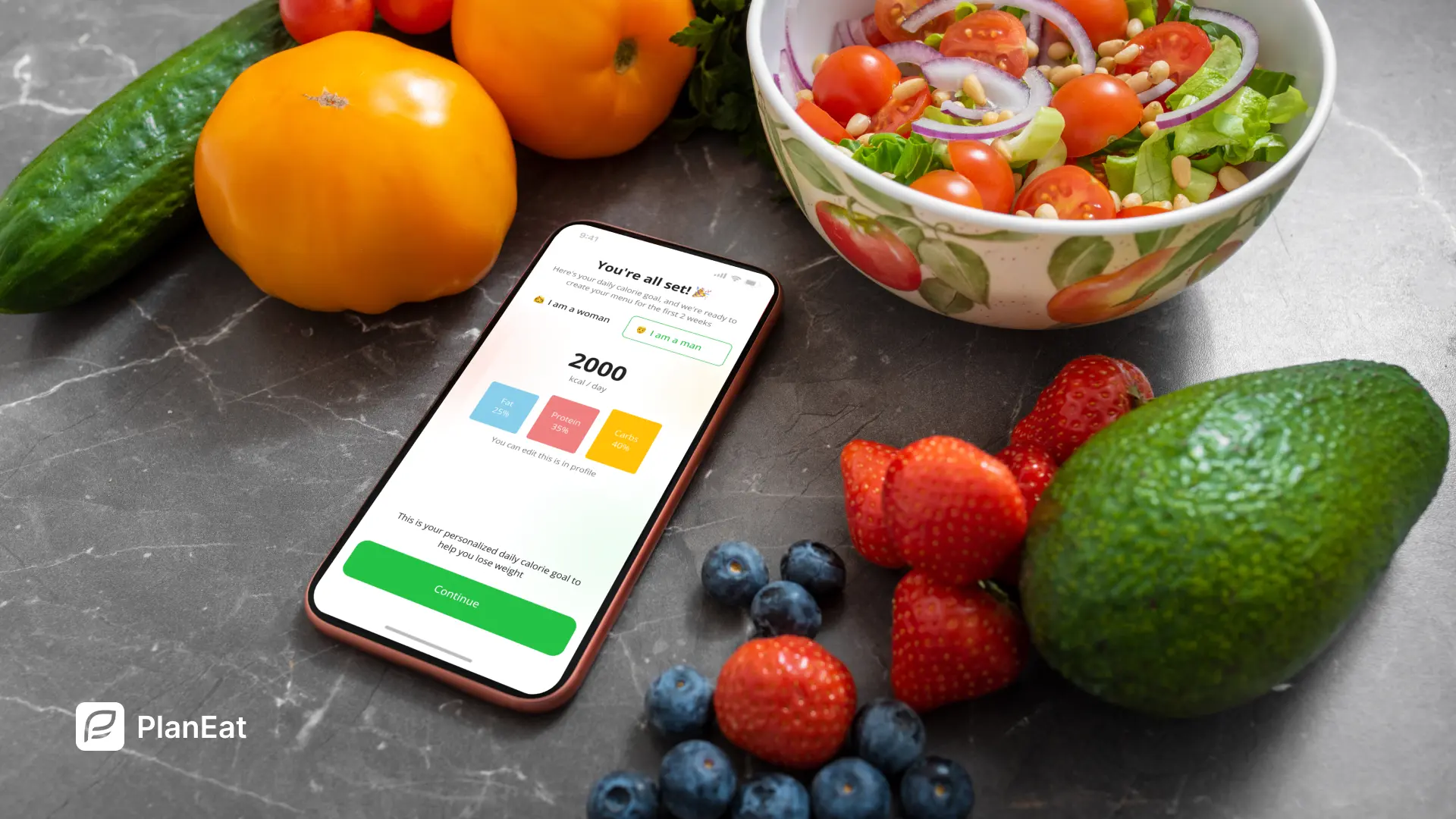
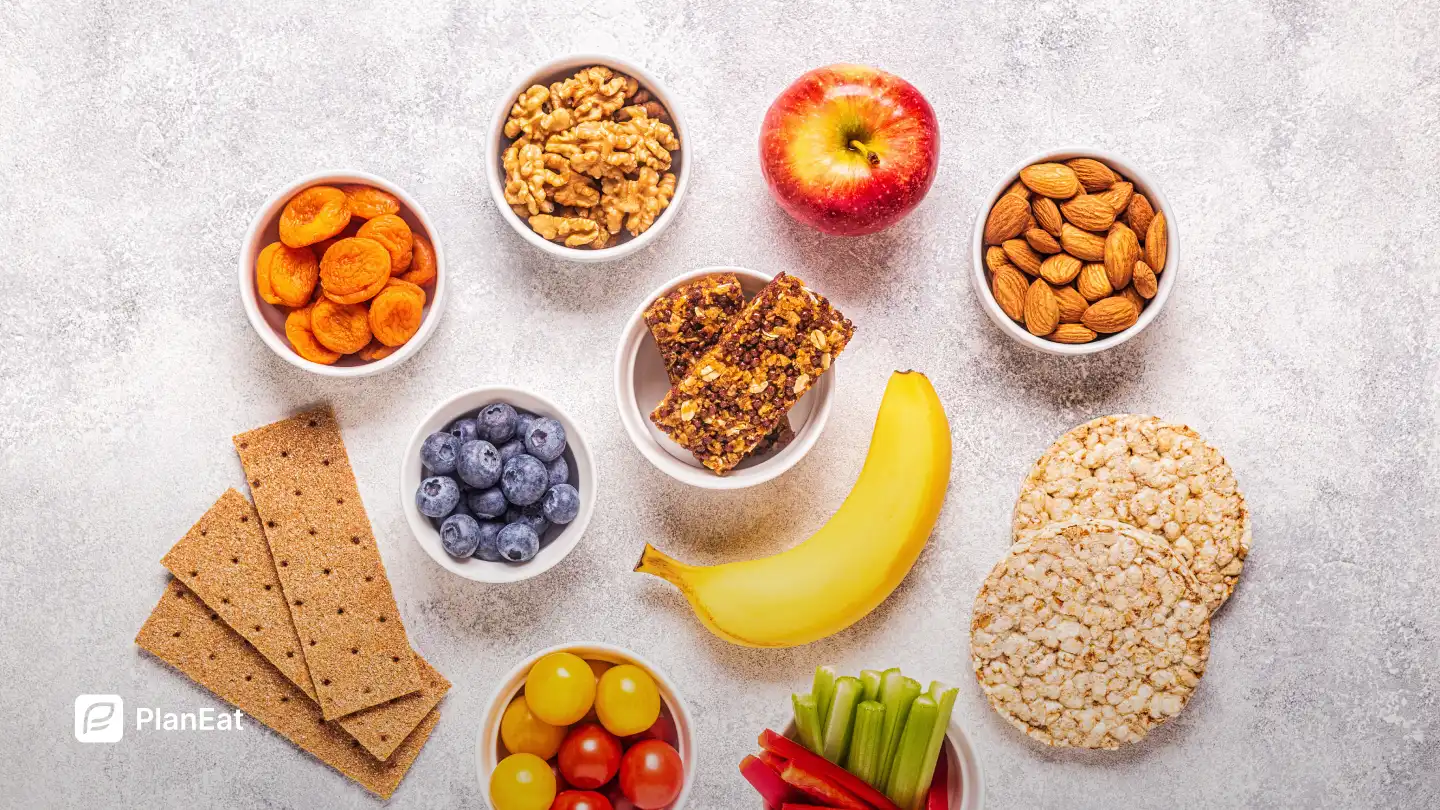
.webp)


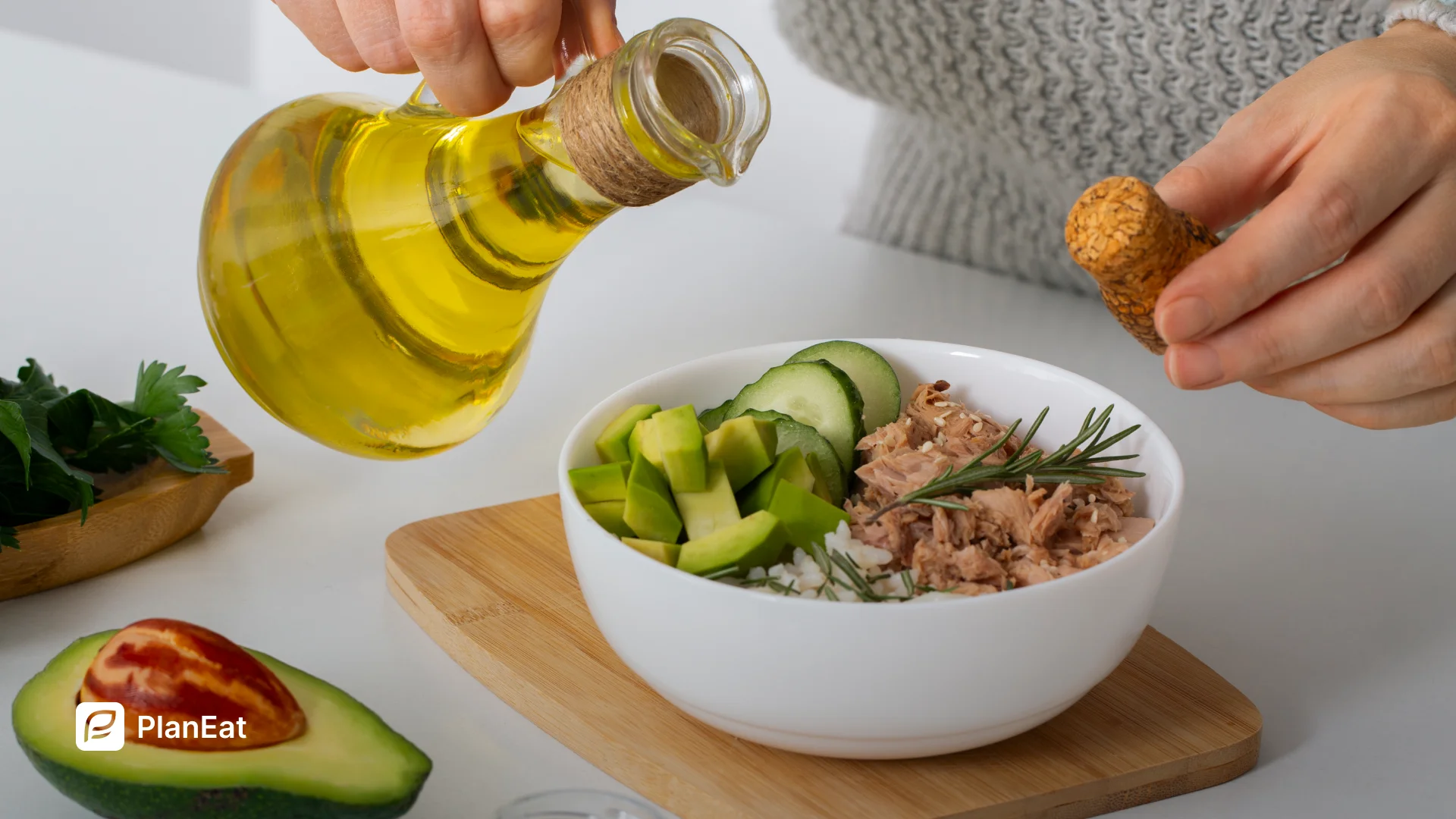
.webp)



.webp)
.webp)
.webp)
%20%2B%207%E2%80%91Day%20Menu.webp)
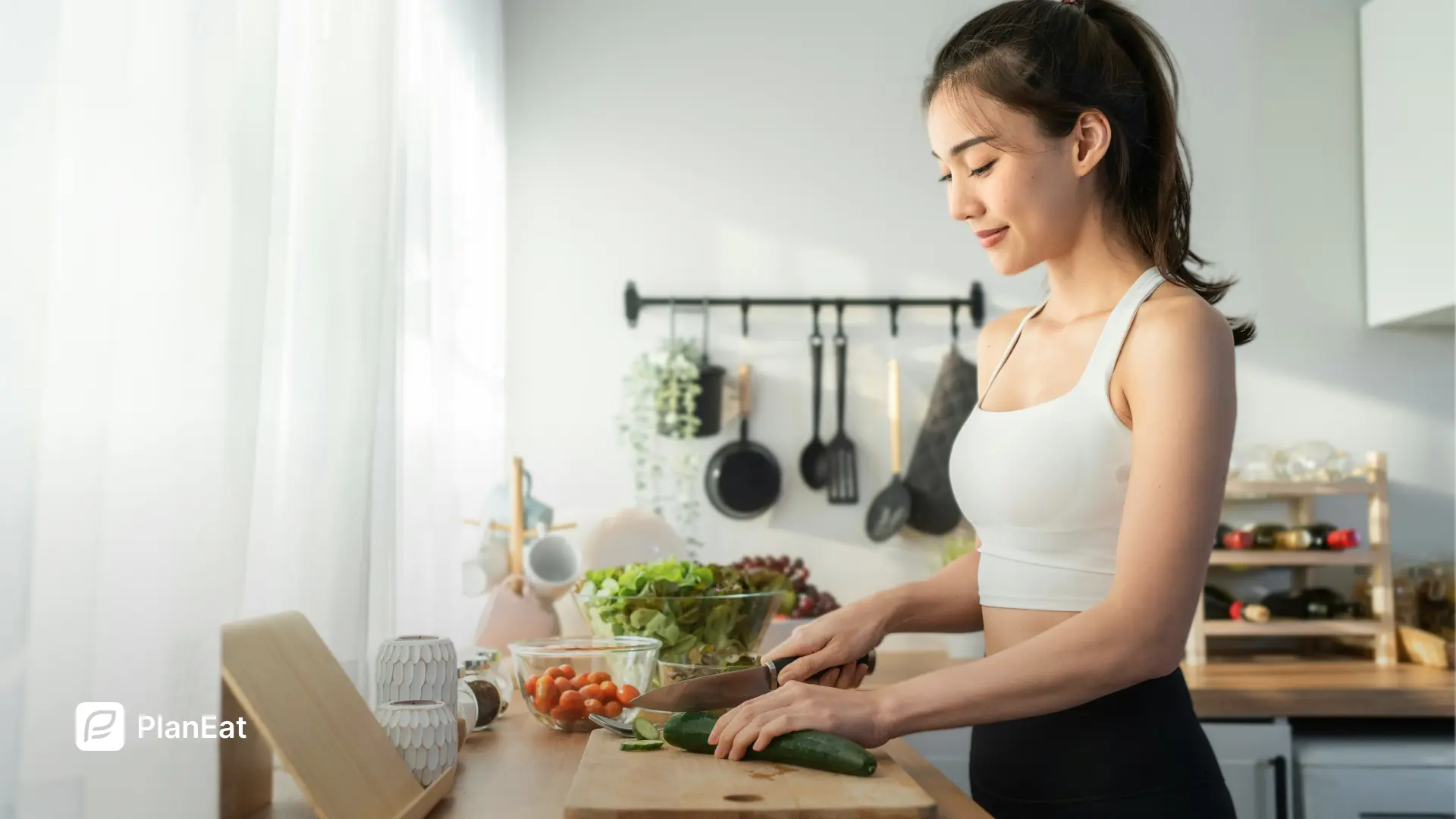



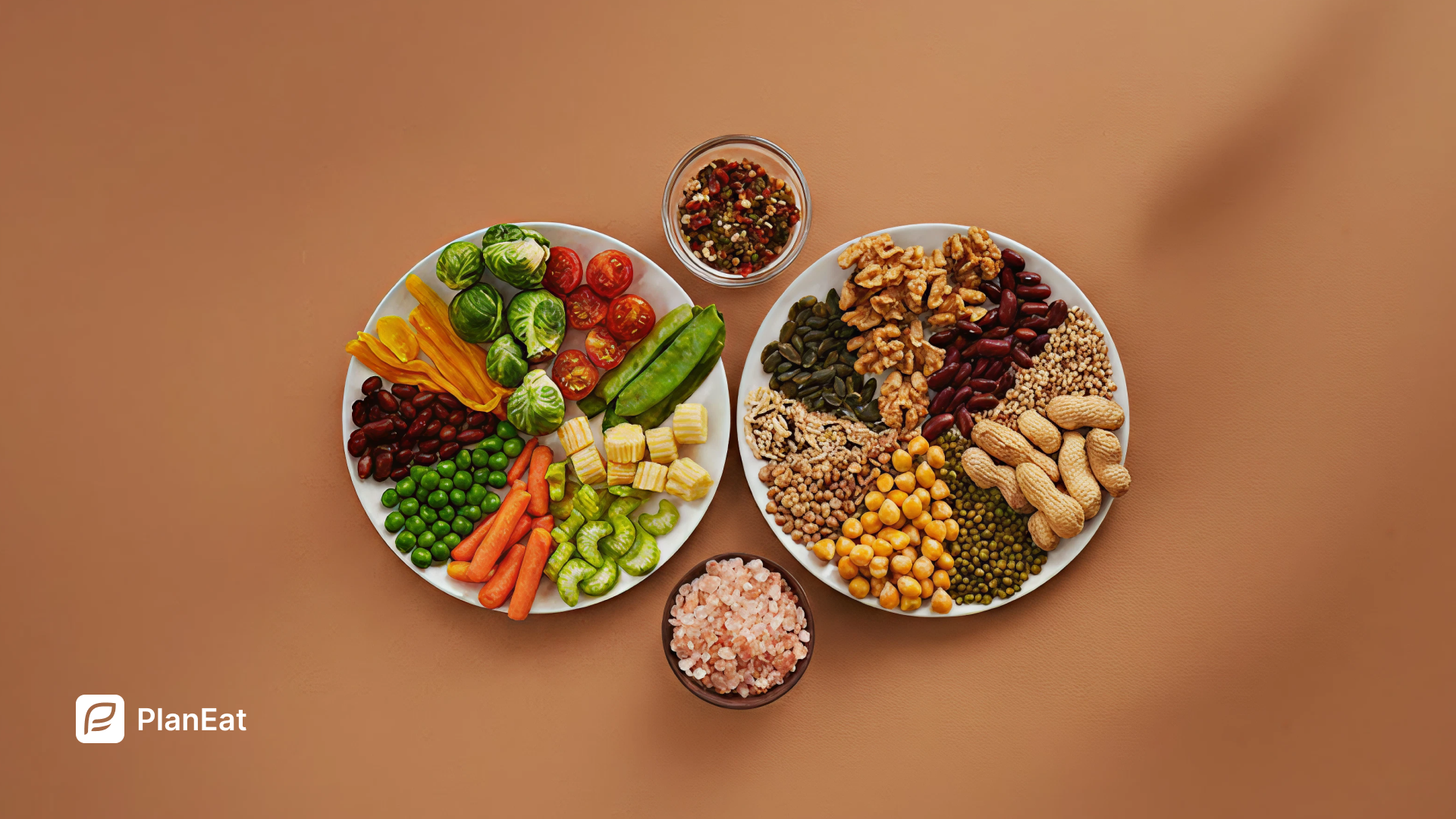
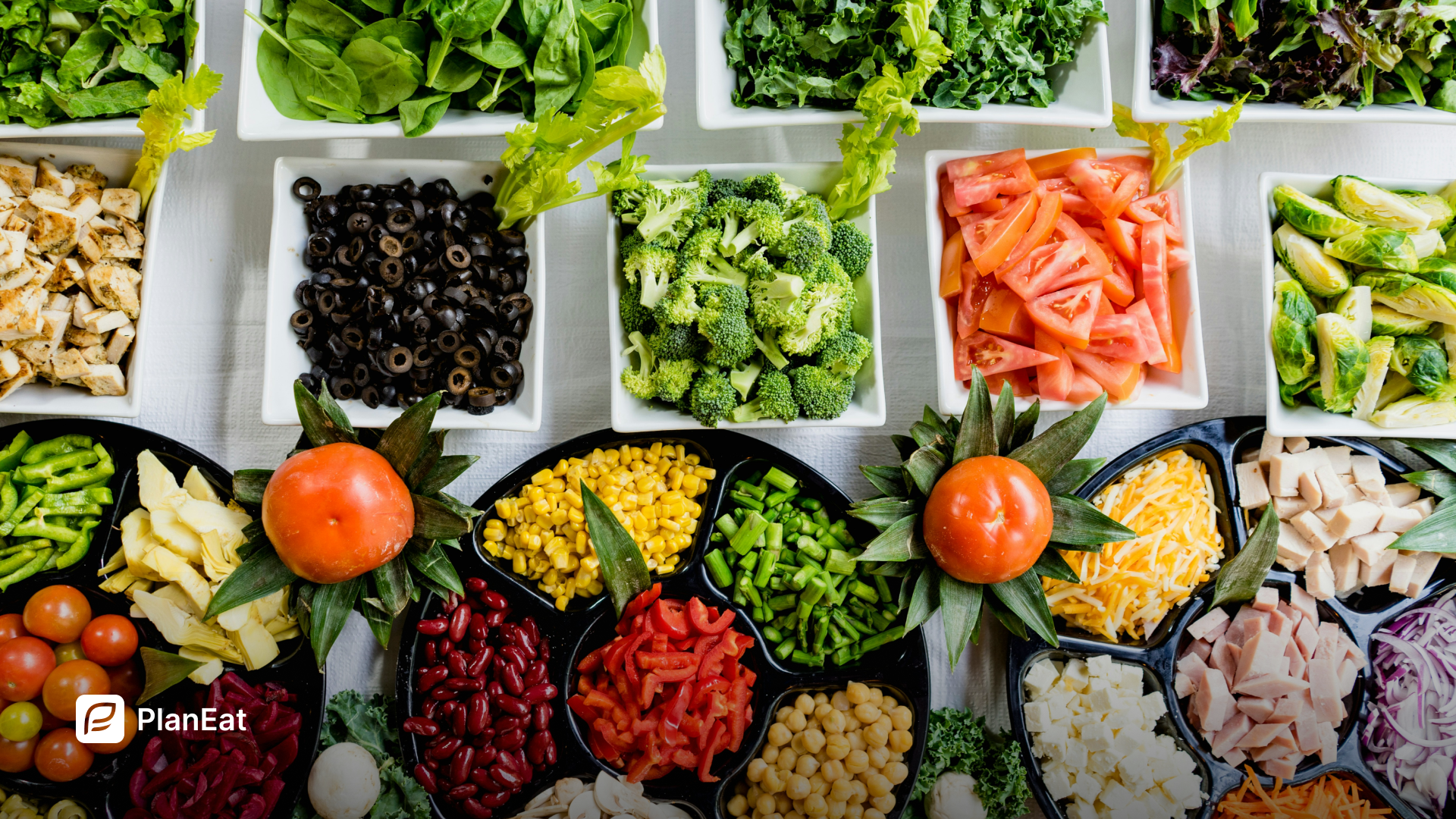
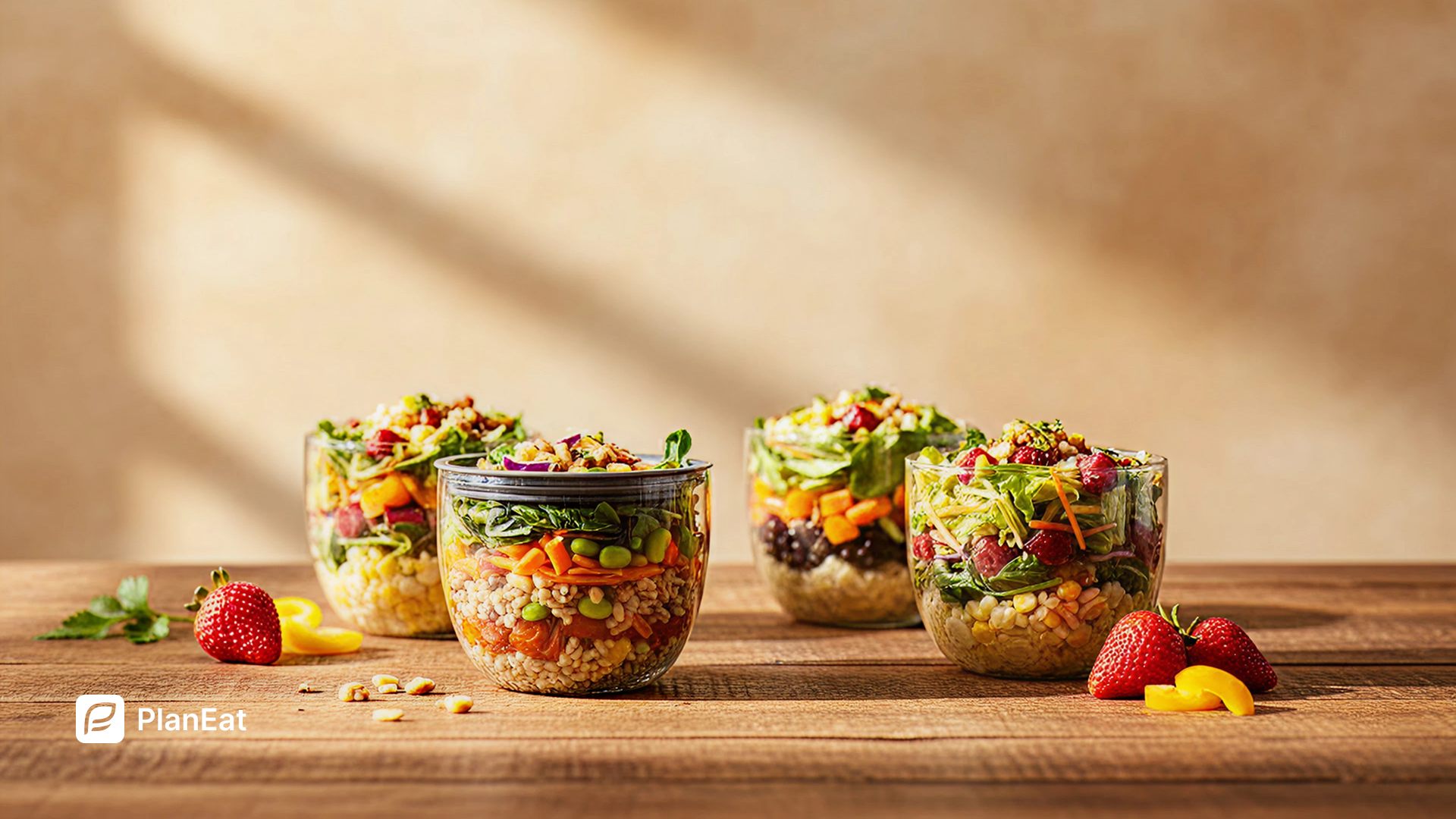

.webp)
